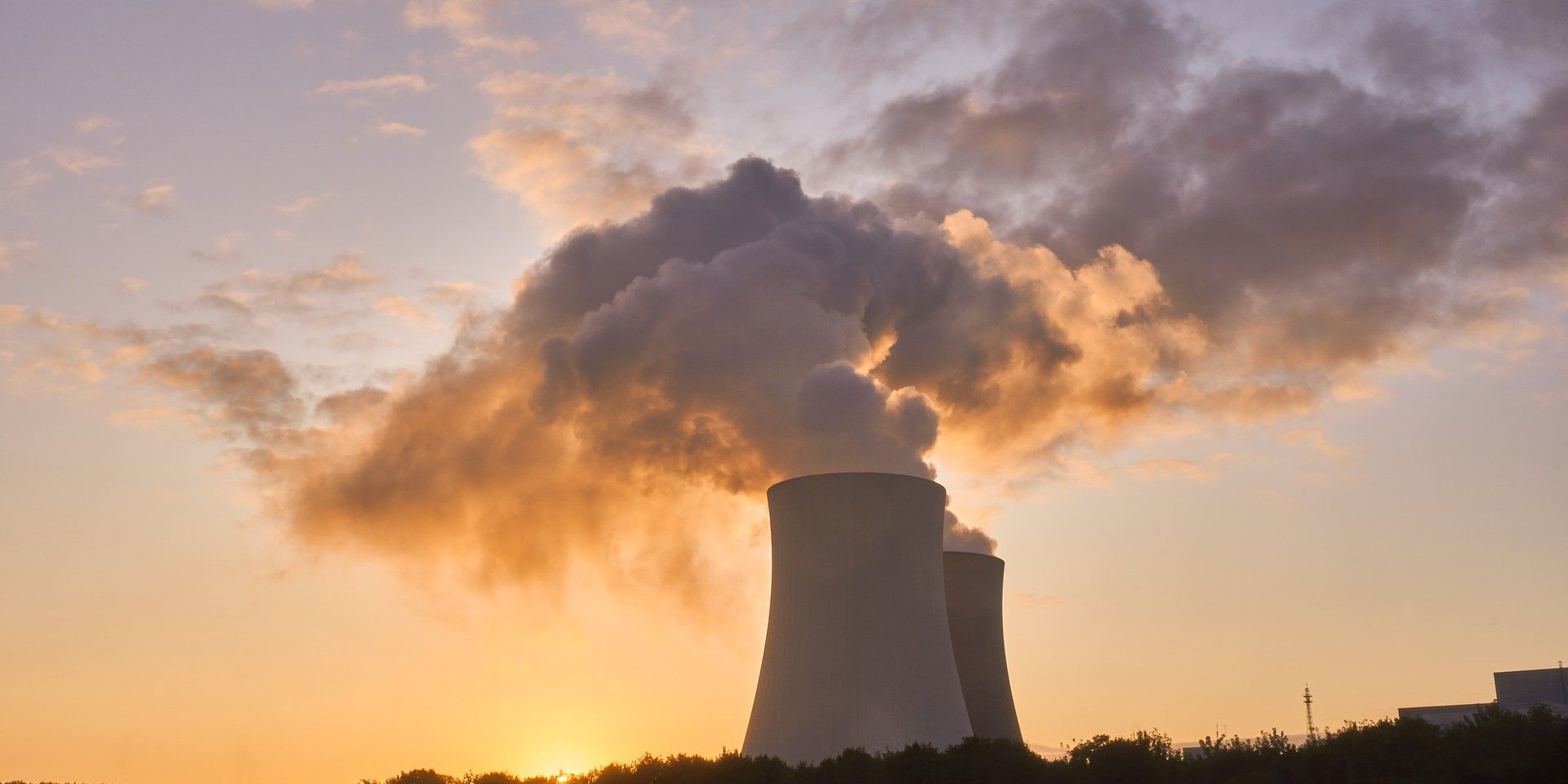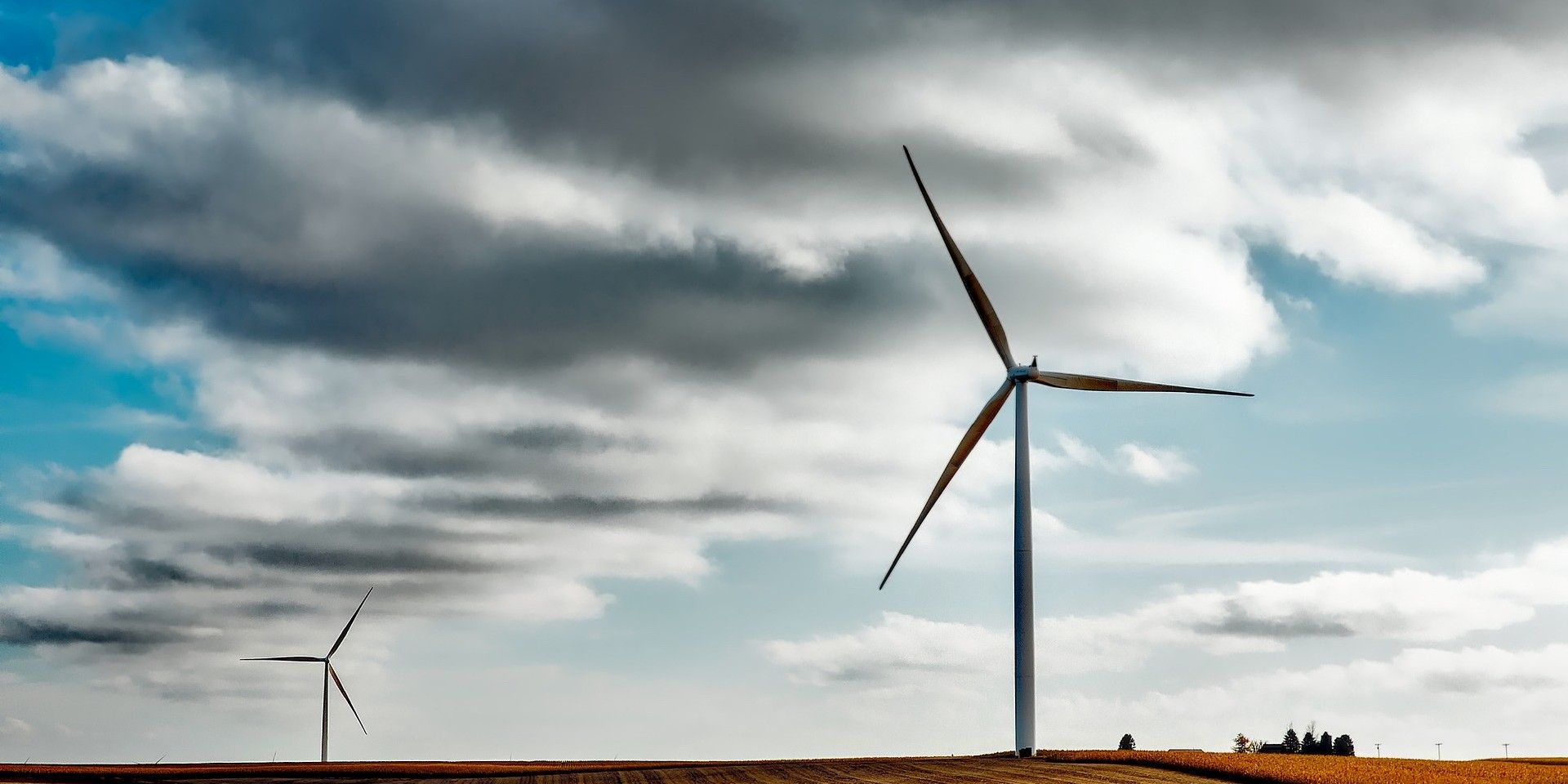The UK government expects to see electricity generated from a fusion reactor by 2040. £220 million has been invested in the designing of a theoretical nuclear fusion power station to replicate solar processes here on Earth. The aim is to generate power using what they are calling a Spherical Tokamak for Energy Production, or STEP.
A tokamak is a device that heats hydrogen gas to 100 million degrees celsius and uses a magnetic field to wrangle plasma until they can force nuclear fusion. Currently, 35 nations are working together to build the world’s largest tokamak out of a facility in southern France. The tokamak there is vaguely donut-shaped, while the one United Kingdom researchers are developing is more of a sphere. The spherical design is aimed to be more mobile than its doughnut-shaped sibling. “If you look at some of the very big units, the big machines that we are looking at, just finding geographically somewhere to put them is difficult,”Nanna Heiberg of the UK Atomic Energy Authority said in an interview with the BBC. The goal of this design is to have the power plants of the future built closer to where the energy generated is needed.
The closest alternative to nuclear fusion, nuclear fission, has already proven to be an expensive and potentially destructive method of generating power. Nuclear fusion can produce similar power, cheaper, and the waste that it does make decays quickly. However, while nuclear fusion is a step up from fission, it’s not the only choice. In the time that it’s taken nuclear fusion to become feasible, other clean and renewable sources of energy have grown cheaper such as solar and wind power.
Nuclear Fusion And Other Alternatives
While nuclear fusion aims to make clean energy cheaper, the methods that already exist have dropped in price through innovations in the clean energy sector. The question is no longer about whether nuclear fusion is feasible or not, but rather if it will even be necessary when it comes to fruition.
While some sources of renewable energy are restricted by the area their power is required in, recent advancements have made that less of an issue. For instance, in 2016, Harvard scientists Daniel Nocera and Pamela Silvers created an artificial leaf that could replicate photosynthesis and get ten times the amount of energy out of the sun than a typical plant.
Professionals in the nuclear industry have noted the changing economic and innovation landscape. They suggest that while the advancement of clean energy is a net good for the world, some nations may not be fortunate enough to have access to them. Still, the importance of all the alternate, cleaner energy sources cannot be understated. While some nations may not have the means to replace coal energy yet, technological advancements between now and 2040 will hopefully aid the less fortunate regions of the world the move towards clean energy.
Source: BBC


